Blue porcelain flat tea bowl Suwa Sozan
Blue porcelain flat tea bowl Suwa Sozan
Couldn't load pickup availability
Width: 15.2cm Height: 5.8cm
Celadon is a type of ceramic ware that is characterized by its blue to blue-green glaze color , which is created when trace amounts of iron contained in the glaze are colored using a firing method called "reduction flame firing" that uses little oxygen.The color is not simply "blue"; it changes every day in natural light, and depending on the viewing angle and the intensity of the light, it emits a mysterious glow with the depth and transparency of jade .
Its origins date back to the Eastern Han Dynasty in China in the 1st to 2nd centuries AD. Ash-glazed pottery made from wood ash evolved in the Zhejiang province area, and the blue-green colouring caused by the accidental inclusion of iron became the origin of what would later be known as "celadon." It was refined at the Yue kilns of the Tang dynasty, and celadon, which played a central role in aristocratic culture, was born at the Ru kilns of the Five Dynasties and Northern Song dynasties .
During the Southern Song Dynasty (1127-1279), the Longquan kilns reached their peak and produced celadon ware beloved by royalty and aristocrats. Its colors, reminiscent of jade, and its form, imbued with ceremonial and religious significance, gave it the status of imperial vessels and ceremonial ware , and celadon became more than just an art object; it also became a spiritual presence, symbolizing the order of the universe .
Work description: Celadon flat tea bowl
This work, "Celadon Flat Tea Bowl," is a representative work of modern celadon created by Suwa Sozan IV with the aim of pursuing the beauty and utility of celadon in the space of the tea ceremony while inheriting the long lineage and philosophy of celadon. The glaze color is inherited from "Sozan Celadon," which the first Suwa Sozan completed in 1907 after 25 years of research, and emits a brilliance that can be described as a color that truly breathes , with subtle fluctuations of light and deep shadows in the jade green.
Consideration of beauty and design
1. The meaning of the flat tea bowl shape
Flat tea bowls are different from ordinary matcha bowls in that they have a wide opening and a low body, and are primarily used for tea ceremonies in midsummer . They have a refreshing visual effect, and the tranquil space created within the bowl calms the drinker's mind and creates a sense of oneness with nature.
In this piece, the flat tea bowl is designed with an extremely neat shape, with a slightly curved rim and a wide, stable base. The green surface that appears when matcha is poured into it is intended to blend beautifully with the scenery of the bowl itself.
2. The design of the elevated platform and the center of gravity
The slightly understated base lowers the center of gravity of the vessel as a whole, improving its stability during the tea ceremony. In addition, the slight change in the curve and angle from the base to the base improves the sense of fit when held in the hand, making it extremely functional during the tea ceremony.
Glaze Tone - The Profound World of Sozan Celadon
The most important element in celadon is the color and texture of the glaze . The jade green glaze on this piece is highly transparent, and the subtle refraction and reflection of light creates a complex coloration that changes appearance depending on the viewer's point of view.
The thickness of the glaze is somewhat thicker on the body and delicately adjusted on the inner part, deeper on the outside and shallower on the inside - this contrast creates a dialogue between shadow and light, stillness and movement within the vessel. The contrast with the faint redness of the clay that appears on the sides of the foot also accentuates the color of the celadon glaze.
Functionality and Spirituality in the Tea Ceremony Space
This flat tea bowl is not merely a vessel, but an object that changes the quality of the space and time in a tea ceremony. Particularly in the cool midsummer of a tea ceremony, the green of the brewed matcha overlaps with the blue of the bowl, creating a scene resembling the surface of water, almost like a single scroll of ink painting.
Furthermore, the beauty of the blank space within the vessels - the silence that permeates the color of the glaze - can be said to be the silent philosophy of Zen.
Historical background and succession of the Suwa family
The first Suwa Sozan was born into a family of samurai in the Kaga domain, and after the Meiji Restoration, he started to study ceramic painting. He then devoted himself to researching glazes and clay for over 25 years in order to reproduce the Kinuta Celadon of the Longquan kilns of the Southern Song dynasty. In 1907, he completed "Sozan Celadon," and in 1917, he was recognized for his achievements as an "Imperial Household Artist."
The fourth-generation contemporary Suwa Sozan , influenced by his father, the third-generation, and his mother, the twelfth-generation Nakamura Sotetsu, is expanding the possibilities of modern celadon by flexibly incorporating techniques such as plaster molding, nerikomi, tobiseisui, and hotarute. This piece also deeply reflects the teachings of his mother that "a vessel should contain a story," and its silence contains memories and spirituality of a long time.
Conclusion: The Universe in a Bowl
The "Celadon Flat Tea Bowl" is not just a tea bowl. It is a tranquil universe living in the modern age that combines the 2000-year history of celadon, the culture of prayer that resides in the vessel, and the sensibility and study of the fourth generation Suwa Sozan.
The color of the jade is never fixed, breathing with the light. This piece, which embodies infinite expanse and untouchable depths within the tranquil composition of a flat tea bowl, can be said to be a masterpiece that embodies the aesthetics and spirituality of celadon in its purest form.
When you place it in your palm, the coldness gradually changes to warmth and the piece begins to speak to you - celadon is a poem that blooms at the intersection of nature, technique, and spirit .
Share
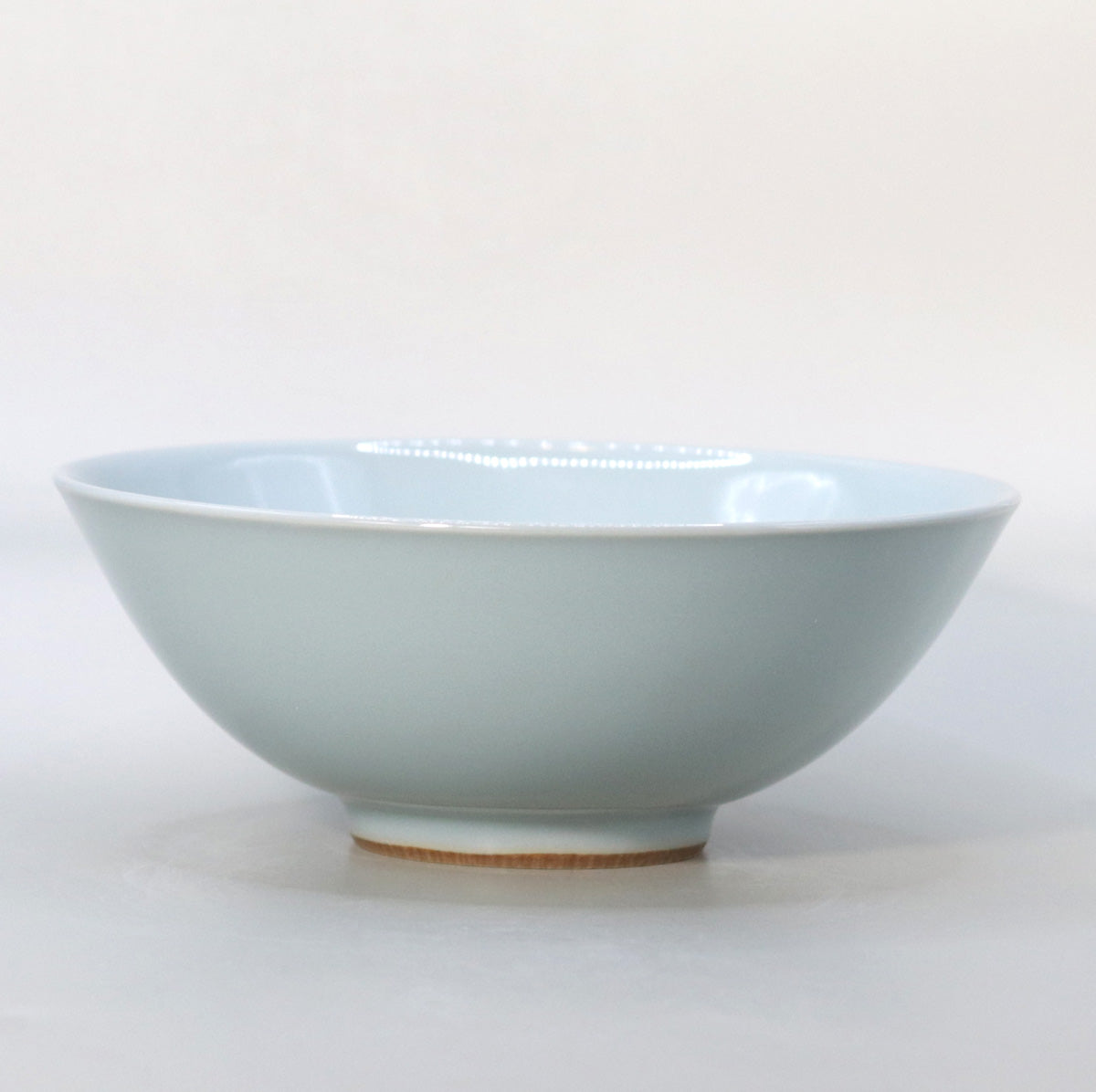
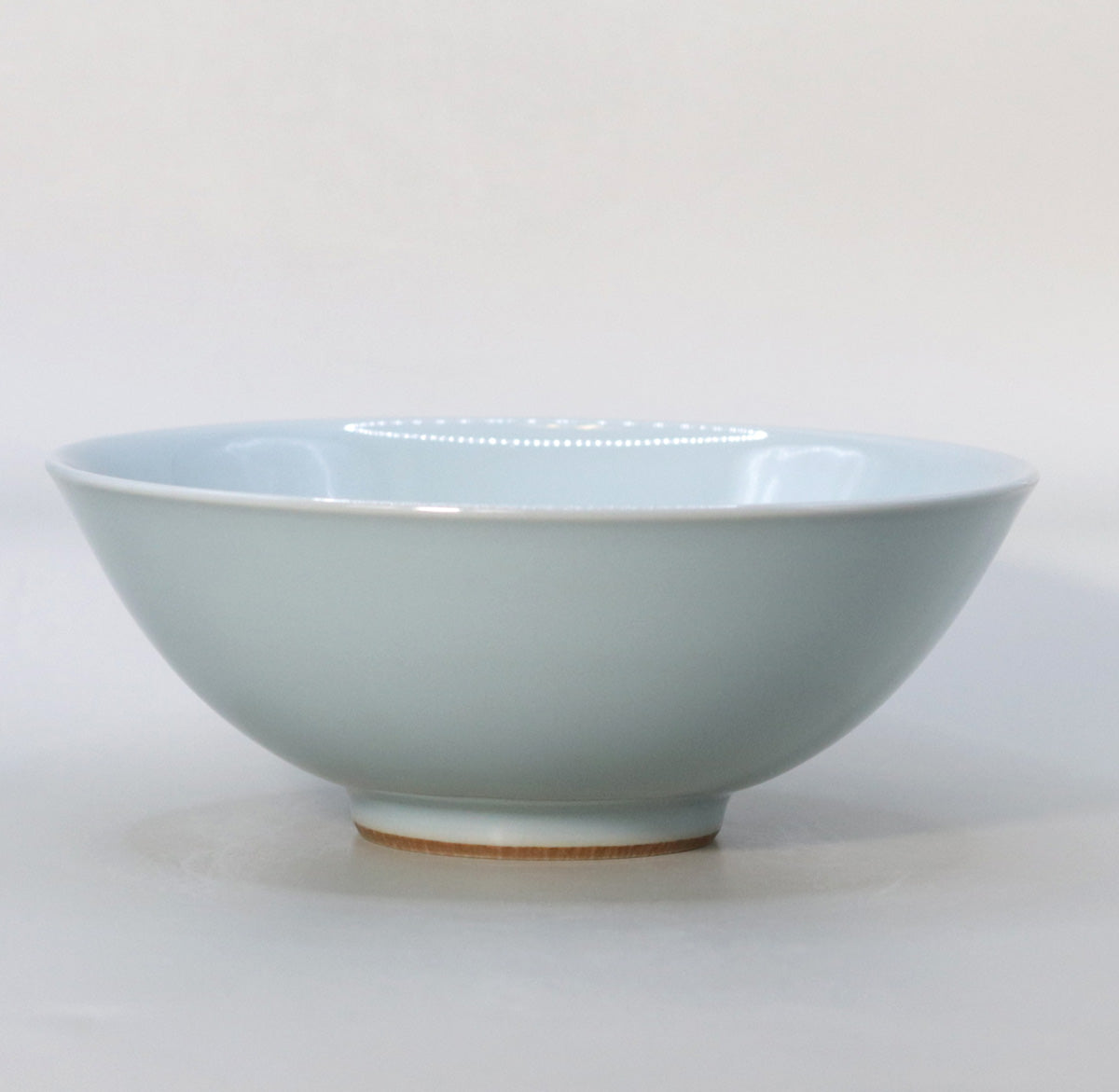
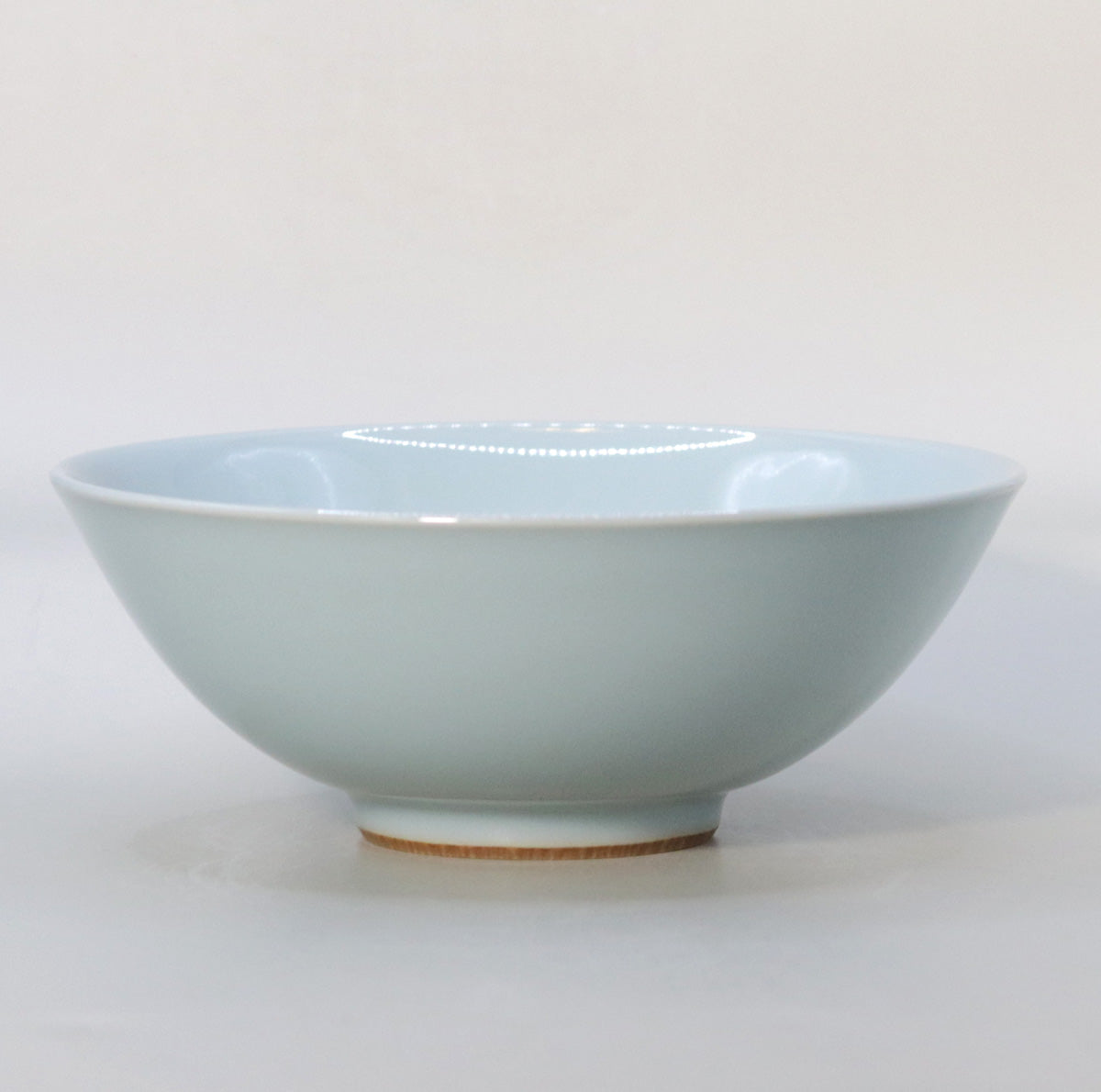
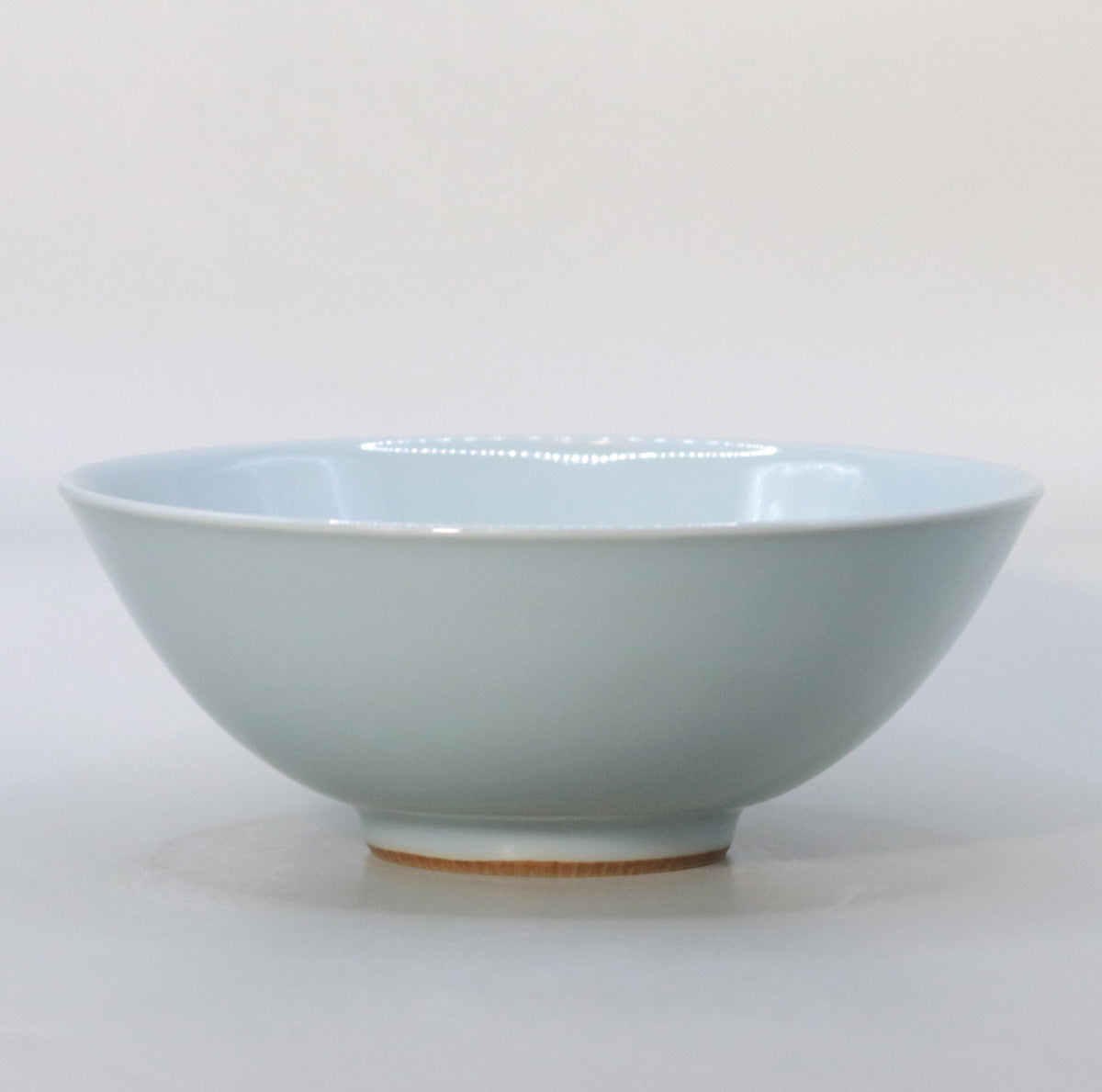



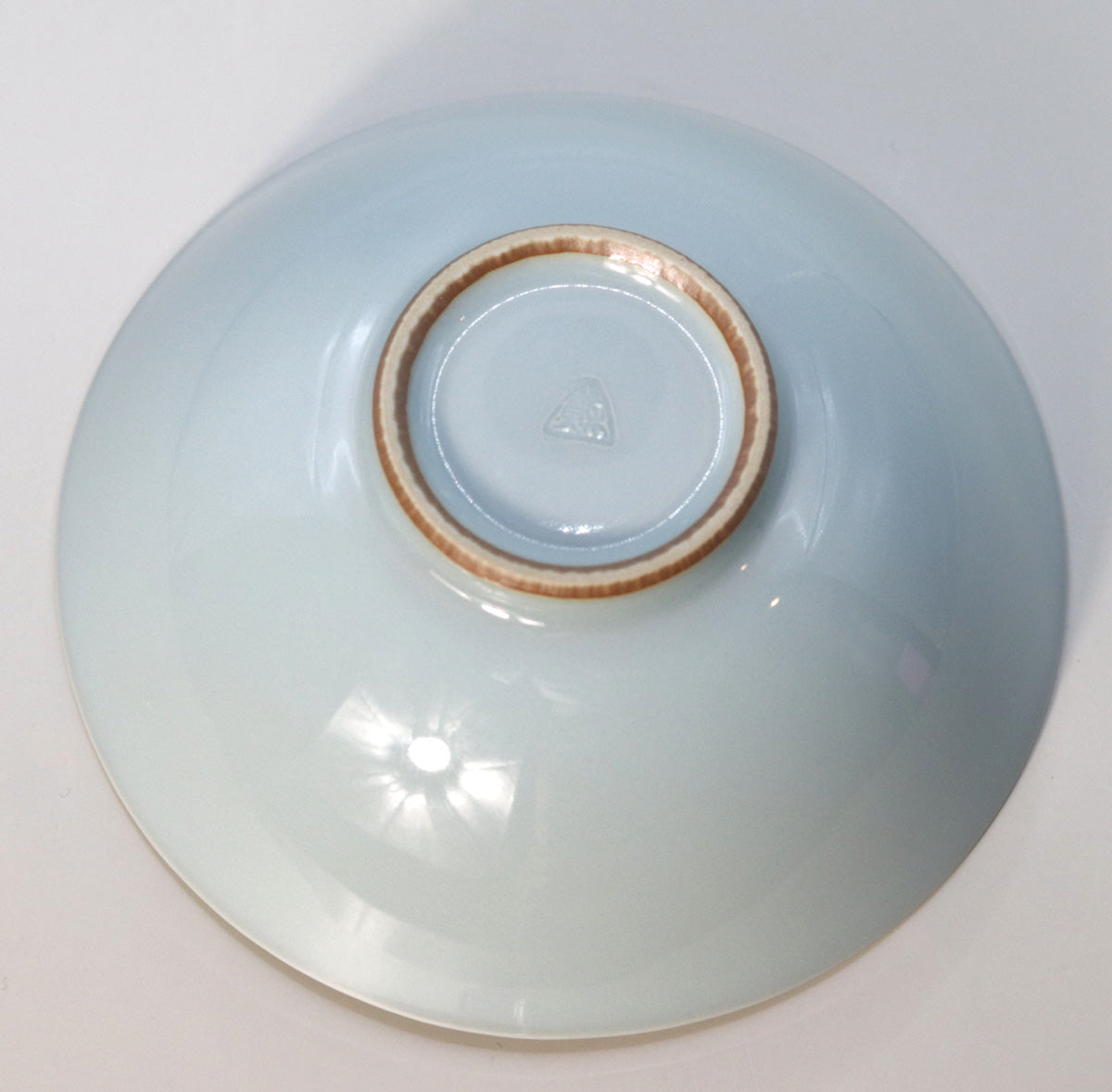
Multi-Column
-
[I will send it to you quickly and carefully]
We carefully package each product in a way that suits it best.
Also, delivery times vary depending on the piece (vessel, etc.).
Items that already come with a box will be shipped within 1-3 days of the order date.
For items that require a box to be made after your order, it will take approximately 30 days for production to be completed and then shipped.
In either case, once we have confirmed your order, we will contact you by email to inform you of the delivery date.
-
[Requests when purchasing pottery]
Even products that look the same may differ slightly in color, shape, size, etc.
The way the glaze is used, the power of the kiln, the firing method, the season, and the humidity also affect the appearance of the pottery.
Please understand the individuality of each piece of pottery and enjoy the unique warmth of handmade.








